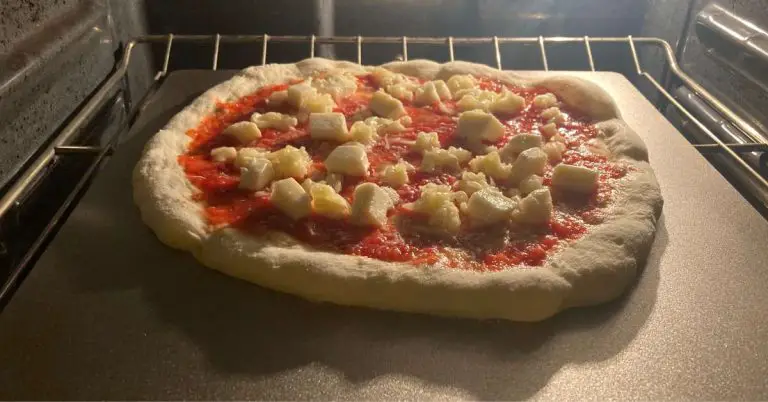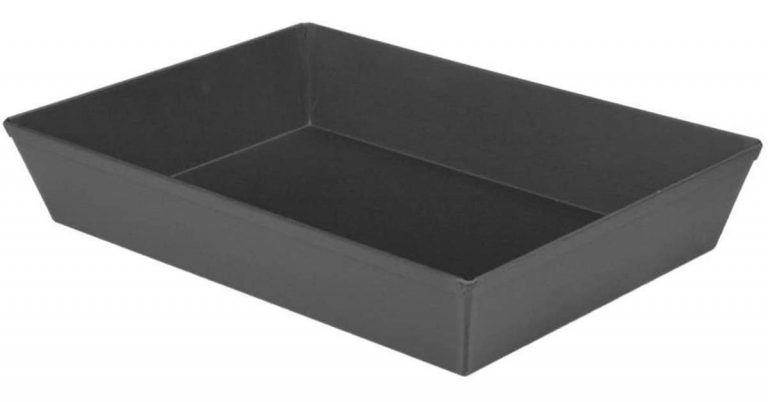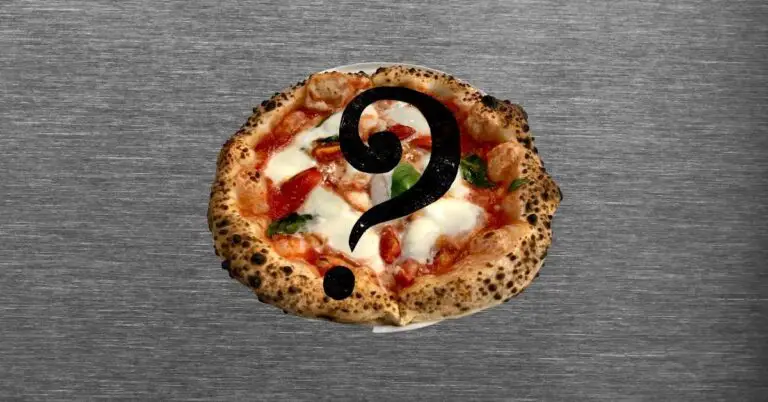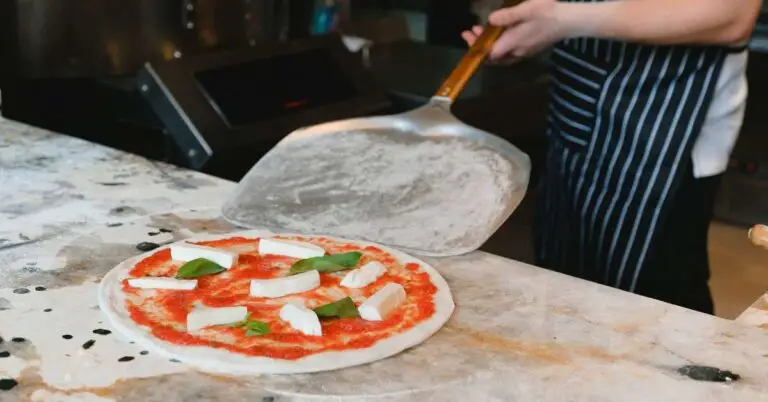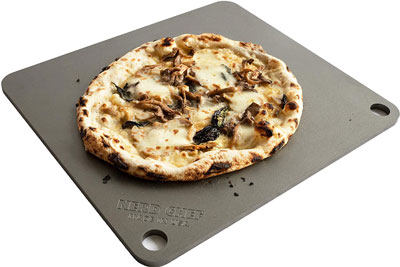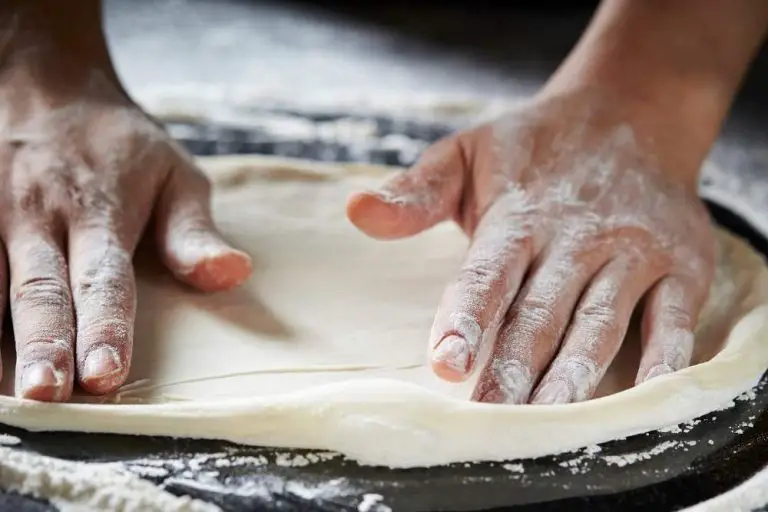Pizza Pan vs Pizza Stone – Which Should You Buy?
Both pizza stones and pizza pans have a place in my kitchen, but if you’re just starting out in the pizza making game the choice between buying the two can sometimes be confusing.
A pizza stone is better for cooking pizza than a pizza pan. Pizza stones are preheated for hours and start cooking the pizza immediately once the dough hits the stone, resulting in a perfectly crispy crust. Pizza pans, on the other hand, need several minutes to heat up before they start cooking the crust which results in a less crispy pizza.
But that doesn’t mean you should never use a pizza pan. In fact, there are plenty of situations where a pizza pan might make more sense for you.
For clarity, let’s go over what pizza stones do well, what pans do well, and when you should use both. I’ll also give you a tip on using pizza pans if a stone absolutely doesn’t fit your living or financial situation.
Also, for reference, I’m talking about the round thin pizza pans in the article. Deep dish pizza pans are a different kind of pan for a different kind of pizza, so they don’t really compete with stones.
Want to check out my favorite pizza stone right now? You can find it here. Looking for a pizza peel? I’ve listed some excellent options here.
Skip straight to the side-by-side-comparison photos.
Pizza Stone Pros and Cons
A pizza stone is probably the single most useful tool you can have for making great pizza in a home oven. But there are some downsides as well – let’s break them down.
Pizza Stone Pros
The main benefit of using a pizza stone is the speed and heat at which is cooks the pizza crust. The instant raw pizza dough hits the stone it begins cooking rapidly, just like in a commercial pizza oven. This helps ensure the bottom of your crust is nice and crispy.
But the difference isn’t just about crisp, it’s about speed as well.
The longer a pizza is in the oven, the more it dries out. So while you might be able to get a crispy bottom with other methods (like a pan), the length of time necessary to get it means the outer crust of the pizza will be hard and crunchy.
I’m talking about the kind of pizza crust you typically don’t eat and throw out.
A pizza stone helps solve this problem by cooking the pizza crust as fast as possible in the lower temperatures of a home oven. A pizza crust cooked in under 10 minutes is much more likely to be soft and light on the inside and crispy on the outside – exactly what a good pizza should taste like.
Pizza Stone Cons
While I wouldn’t necessarily call these downsides, there are a few things you need to be aware of before deciding to buy a pizza stone.
To use a pizza stone, you’ll also need to buy a pizza peel. A pizza peel is what’s used to slide the dough onto the stone, so you’ll need to factor this into your budget if buying a stone.
Yes, there are alternatives to using a pizza peel like a large cutting board or the back of a sheet pan, but in my opinion these are inferior to a proper peel.
Pizza peels are difficult enough to use without some practice and, simply put, you’re much more likely to make a mistake and spill your pizza all over a hot oven using one of these DIY alternatives.
If you’re up to the challenge, check out my post about how to use a pizza peel.
Another downside to using a pizza stone is the amount of time you need to preheat the stone in the oven. I recommend preheating the stone at the maximum temperature for at least 1 hour, or preferably 2, to get it hot enough to reap the full benefits.
This takes up valuable time, makes your kitchen hot and costs you extra on your energy bill. It’s not a deal breaker for me but for some people it might be.
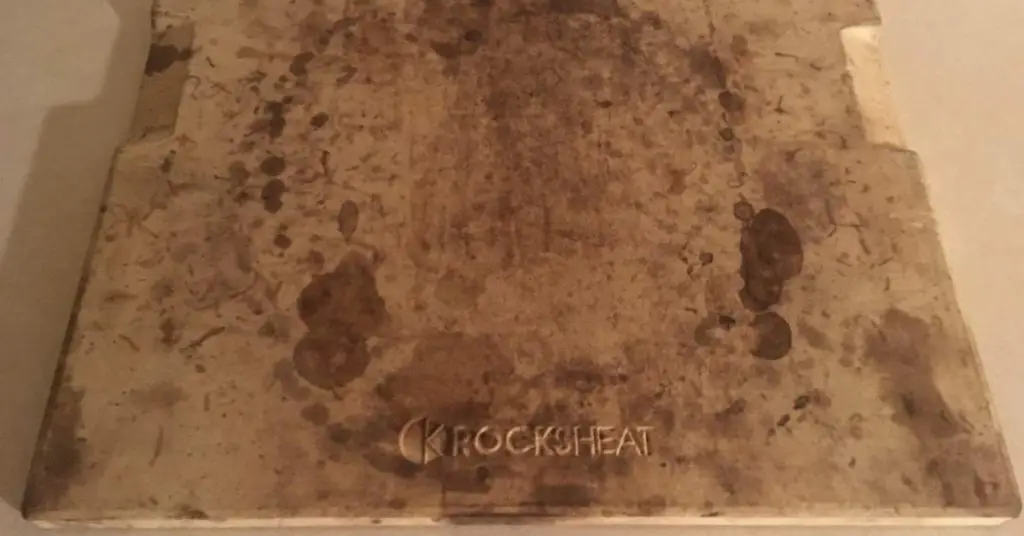
Pizza Pan Pros and Cons
A pizza pan is a great tool to have if it fits your lifestyle or living situation, but it also comes with some drawbacks.
Pizza Pan Pros
The biggest benefit of a pizza pan is how easy they are to use. You simply stretch the dough right on the pan, load it with toppings and throw it in the oven.
With a pizza pan, there’s no dealing with pizza peels, bench flour or semolina. There’s also no need to preheat the oven for hours before using it either.
Basically, if you have room temperature pizza dough and a pizza pan, you’re ready to make a pizza.
But with this simplicity comes some limitations.
Pizza Pan Cons
A pizza pan is cold. A cold pizza pan can’t begin to cook the crust without heating up in the oven for 2-3 minutes first. During this time the pizza dough is just sitting there raw while the cold pan blocks the hot air from the oven. This is the main downside to using a pizza pan.
In the same amount of time, a pizza stone may have already browned the bottom of the crust.
So, with a pizza pan you’re really left with a dilemma. You can either leave the pizza in the oven longer while the bottom crisps and the top burns, or you can take it out sooner with a nicely done top and a pale, undercooked bottom.
This is the main, and really only, major downside to using a pizza pan. But it’s also a critical flaw since a nice crispy bottom with a soft and delicate top is what defines good pizza.
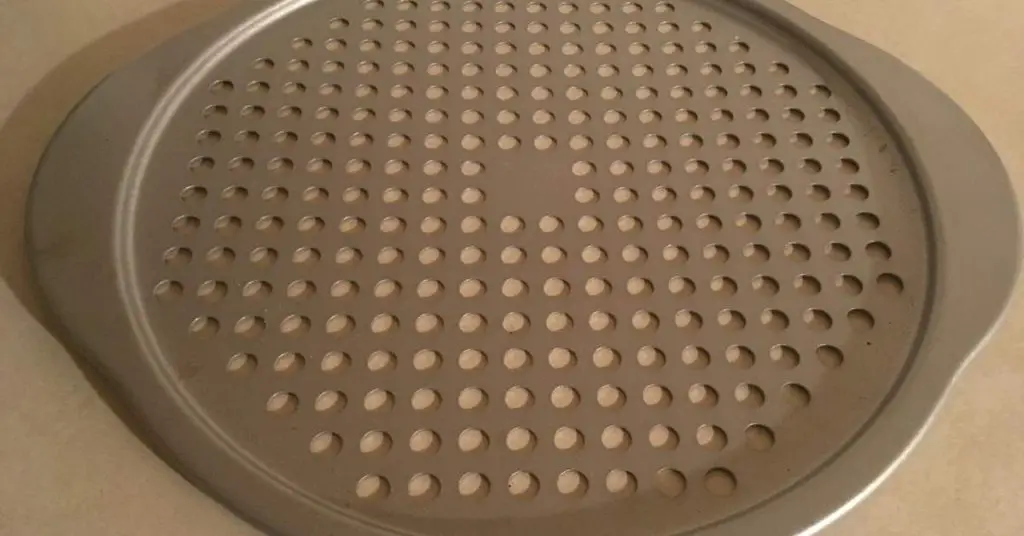
If You Must Use A Pan, Use A Perforated One
While pizza pans are generally inferior to pizza stones, they just make sense for some people. Maybe you’re on a budget, share a kitchen or simply don’t have time to learn how to use a pizza peel.
So if you’re one of these people, I have a tip that can really up your pizza pan game. Use a perforated pizza pan.
A perforated pizza pan has small holes on the bottom that expose it to the oven. You’ll still have the pan blocking heat, but only the parts without holes in it.
Tip: Place the pan on the bottom rack of the oven for best results.
This still isn’t as hot a pizza stone, but it’s at least 50% better than using a regular pizza pan. Using a perforated pizza pan will allow you to get your bottom slightly crispy while not leaving your toppings and crust completely overcooked.
Here’s a link to a great and inexpensive perforated pizza pan on Amazon. It’s pretty much exactly like the one I use in my own kitchen.
Pizza Stone vs Pizza Pan Compared In Pictures
I knew instinctively, and from experience, that a pizza stone was better than a pizza pan. But I wanted to put this assumption to the test.
I’m comparing my regular Rocksheat square pizza stone (check the specs here) with a perforated pizza pan I found at a local store.
You can find my results in the phone comparisons below.


For this test, I made two Neapolitan style pizzas with just sauce, cheese and basil. Each pizza will be cooked until the bottom of the crust is lightly golden brown.
I prebaked the crust, then added sauce and cheese – the same way I bake all my pizzas on my pizza stone. This gives the crust a bit more spring in the oven before weighing it down with sauce and toppings.
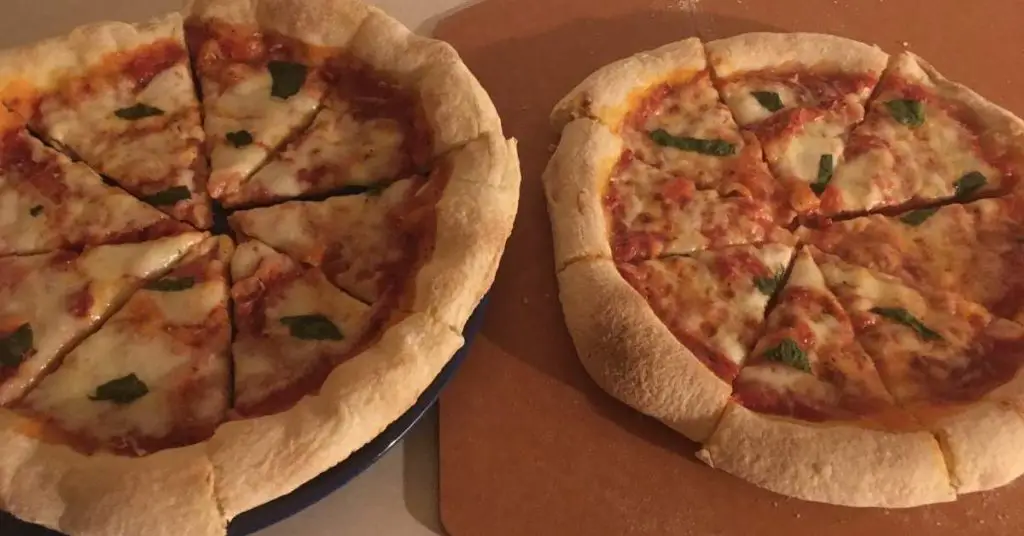
From a bird’s eye view, the two pizzas don’t look wildly different, except for a slightly darker color on the pan pizza’s crust. This small difference is actually indicative of a larger problem.


You can see the pizza cooked on the stone (left) has a light puffy crust that’s crispy on the outside and soft in the middle. By contrast, the pizza cooked on the pan (right), while puffed up considerably, is comparatively drier and more brittle.
This is because the pizza made on the pan had to be cooked for about 4-5 minutes longer than on the stone.


You can see the underside of the crust has been affected as well. It might be difficult to tell based on these pictures, but the pizza from the stone is slightly browned but still soft. This took under 6 minutes to achieve.
The pizza from the pan on the right has a couple of brown spots where it was exposed to the heat, but it’s still mostly underdone and pale looking. This is despite the top being slightly overdone – I had to remove it before it burned.
Conclusion: A Pizza Stone Is Superior To A Pizza Pan
If you have the time, budget and willingness learn and make mistakes, the pizza stone is superior in almost every way.
But if you’re in a rush or don’t have access to a pizza stone, a pizza pan can work pretty decently as well. Especially if you’re using a perforated pizza pan.
I’ll always choose the stone over the pan, but I have to admit I was impressed with the quality of the pan pizza with holes in it considering how much easier it was to make.
People will need to carefully consider if the extra time and effort required to use a pizza stone are worth it to them.

